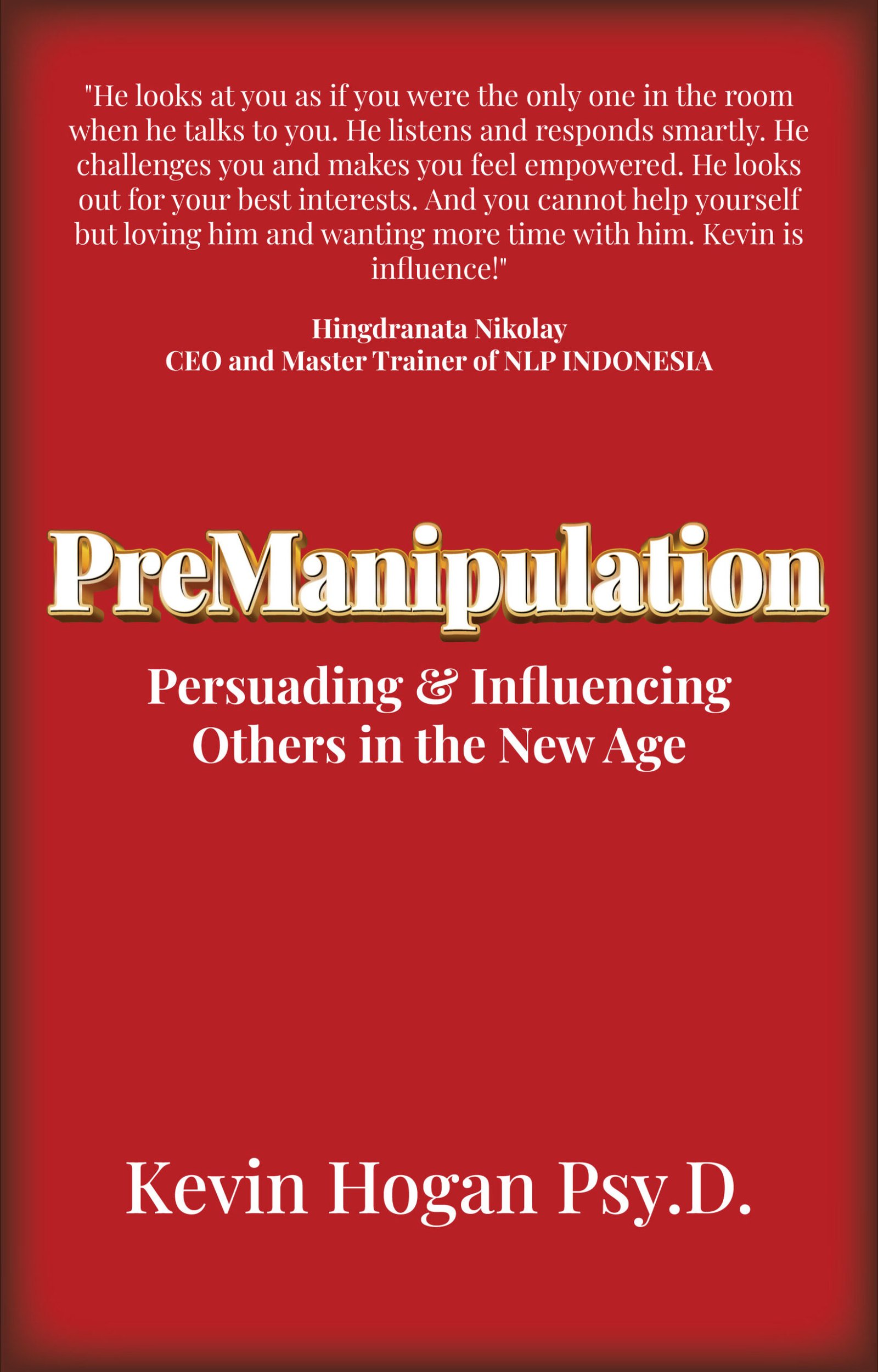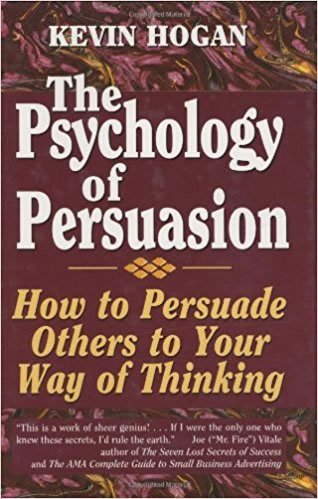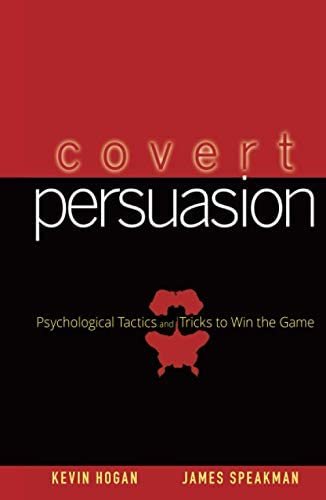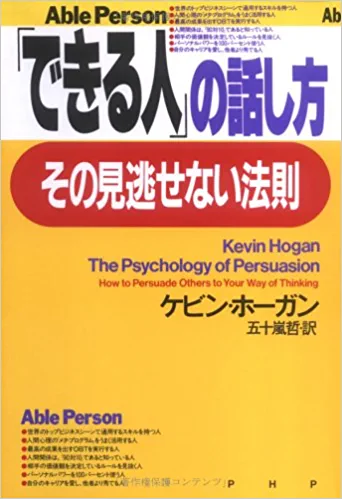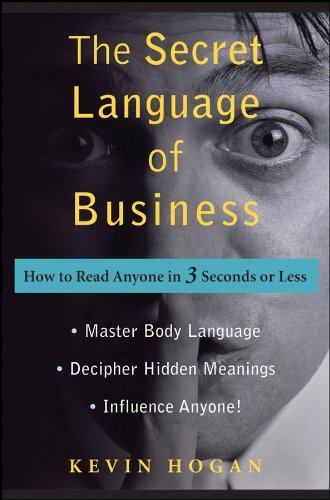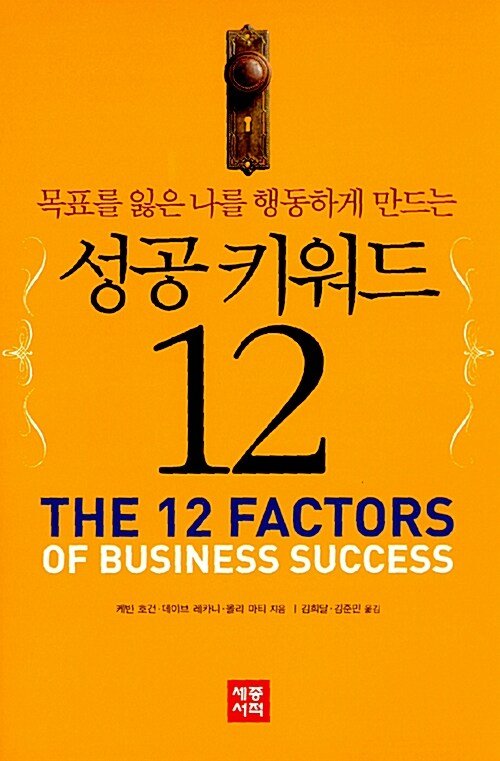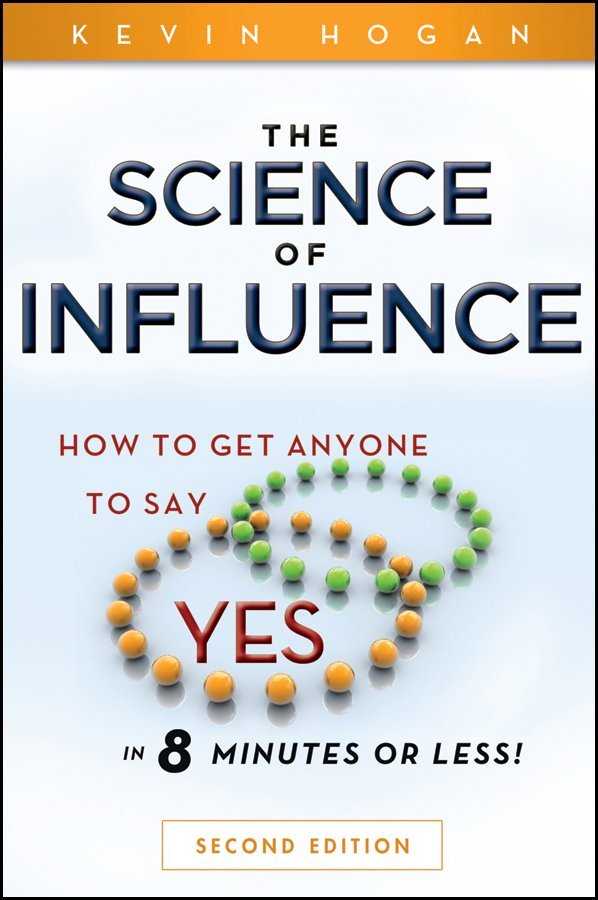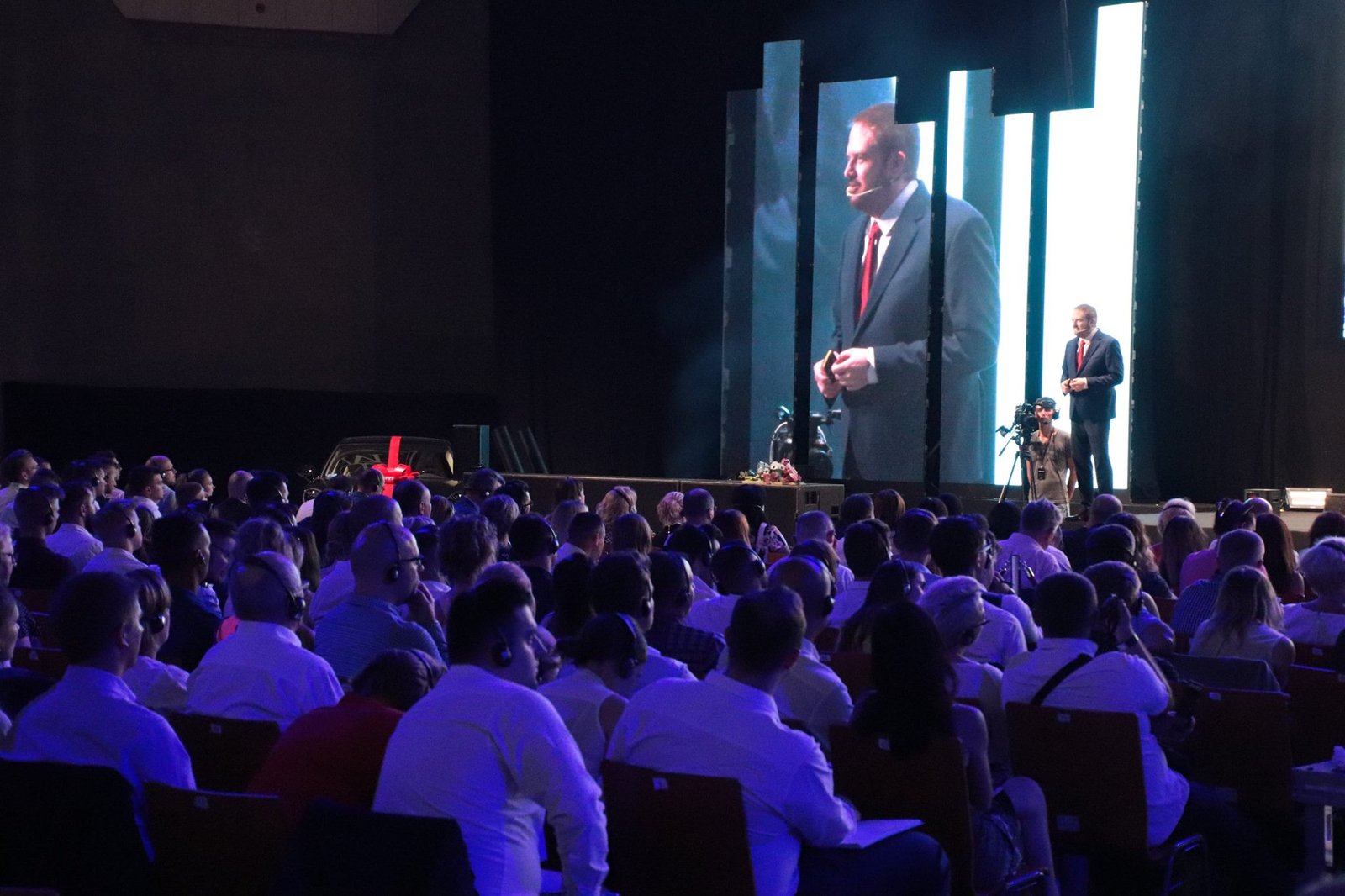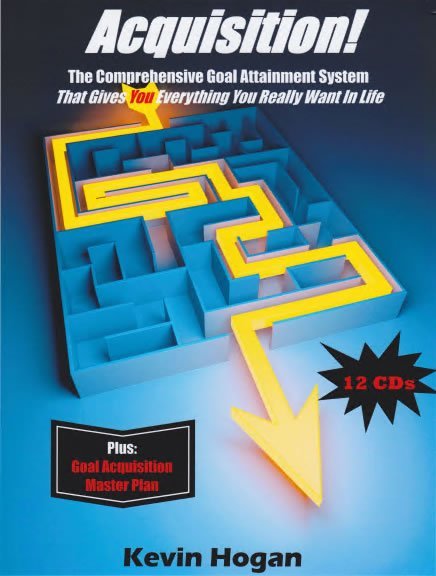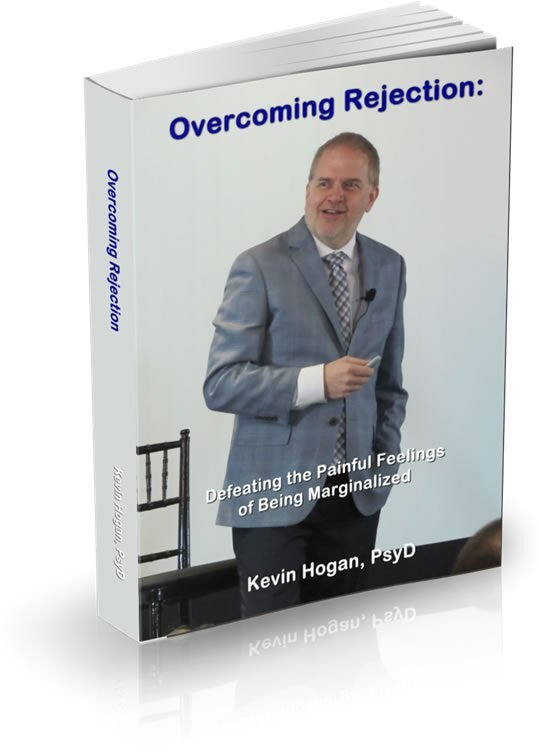You remember it one way, I remember it very differently. Put the two people in hypnosis…they still remember it very differently. Let them watch the video, they can’t believe what they see.
It turns out that without a video camera…there is no faithful recollection of events. But now, it turns out we can reduce false memory and improve learning with some pretty incredible strategies…These strategies are not only counterintuitive but they fly right in the face of what we have been taught about expressing everything in the positive sense….
As an eyewitness sits on the stand in a courtroom recalling details of an incident, how much of what he or she remembers actually happened?
False memories are a common occurrence in the courtroom and in everyday life, and have long been considered by psychologists as a side effect of efforts to boost memory. New research from Tufts University has answered the question of how to increase memory, without also increasing corresponding false memories.
“The better we understand false memory, the more we will be able to explain the factors that lead to the problem in the laboratory and real world situations,” explained Tufts University psychologist Salvatore Soraci, whose research is published in July’s issue of Journal of Experimental Psychology: Learning, Memory and Cognition. “Generative learning holds the promise of immunizing people against the pitfalls of false memory.”
Previous research has focused on how to improve memory using “generative learning” — the concept that individuals remember things better when actively involved in forming an idea. For example, if an individual is given a clue and asked to provide a one-word answer, he or she will remember that word better than if simply given the word and told to memorize it.
Funded by a $654,000 grant from the National Institutes of Health (NIH), Soraci and Tufts assistant professor of psychology Michael Carlin set out to determine what effect generative learning had on the formation of false memories.
According to Soraci, test participants were given a list of words to memorize; some of the words were complete, and others were missing one letter. The complete words fit within subject categories (for instance, “queen,” “moat,” “knight,” etc.), while the incomplete words were in different subject categories (for instance, furniture such as “t_ble” and “cha_r”). After a three-minute period, during which participants were given a “distracting” math quiz, they were then presented with a list of words. This list included some words that had not been included in the original list but were related to the subject categories, and the participants were then asked if the words were among those that had been shown earlier.
“The incomplete words led to generative learning, since the participants had to determine the words on their own,” Soraci said. “People were far more likely to falsely remember words from the list of complete words – such as mistakenly believing that ‘king’ had been on the list – than they were to falsely identify a word from the generative learning list.”
In a similar experiment, test participants were not provided with the second list, and instead asked to write down all the words they could remember seeing. The experiment showed the same advantage for generative learning.
In yet another experiment, Soraci determined what kind of cues would help people to remember words without increasing false memories. Participants were given a list of words that were missing one letter and could be either of two words, depending on what letter filled in the blank. For example, one of the words on the list was “s_eaker,” which could be “speaker” or “sneaker.” Some of the participants were given a positive clue, such as “a tennis shoe,” and asked to fill in the blank. Others were given a negative clue, such as “not part of a stereo.” Soraci found that people were more likely to remember words when given a negative clue than a positive one, and were also less likely to falsely remember a word.
“This method of learning using negative cues is similar to how we find our way when we’re driving our cars and looking for a new location,” explained Soraci. “If we make a wrong turn, we’re much more likely to remember the correct route next time by remembering that we shouldn’t go the wrong way again.”
Soraci’s cognitive psychology research also includes his highly regarded work examining the enhancement of memory as a result of sudden realizations, or “eureka” moments. Other Soraci research focuses on the relationship between cognitive and perceptual variables — that is, how what we see influences what we think, and conversely how our thought processes influence our concept of what we see. Soraci has worked collaboratively on several NIH research grants with the Eunice Kennedy Shriver Center, including a recent two-year $140,000 NIH grant to continue his research on generative learning and false memory on individuals who are mentally retarded.
His research also reflects Tufts’ growing expertise in the field of cognitive psychology, ranging from the impact of music on the brain to the subconscious influences of stigma and stereotyping on human behavior.
“We’ve got a brand new psychology building outfitted with state-of-the-art labs, and Sal and his colleagues are now extending their scholarship in some innovative collaborations across the University,” said Jamshed Bharucha, provost and senior vice president, who also has a cognitive psychology lab in the new facility.
Covert Hypnosis: An Advanced Course in Subtle Unconscious Influence The Master’s Secrets Revealed! (Vol. 1 – 8)
“This is THE advanced course in subtle influence! Remember when you read Covert Hypnosis: An Operator’s Manual, and you got that WOW! feeling inside?! Well, that was just the beginning. In Covert Hypnosis: The Master’s Secret Revealed, you are going to learn how to subtly move inside the minds of anyone you communicate with. In trance or out…this is the most powerful material on Covert Hypnosis on the planet. Period.” Kevin Hogan, Psy.D.
In CD 1, Kevin Hogan reveals specifically the secrets of how to weave the exact messages you want others to act upon into stories that captivate listeners.
CDs 2 & 3 show you how to motivate and compel other people to change their behavior as quickly as is humanly possible. Benefit: You can utilize these covert tools with your own unconscious mind because they link into the core drives and desires that you have!
CD 4 reveals ALL 22 elements of Covert Hypnosis for this first time anywhere! Never before released by anyone, anywhere. The complete Covert Hypnosis Model for change is here. Business? Sales? Consulting? Coaching? Therapy? Learn specifically how to generate change in their thinking with the Covert Hypnosis Model.
CD 5 gives you all the tools necessary to take a person’s deepest drives (sex, eating, acquisition, connection, etc.) and fuse them into building compelling outcomes (the girl of your dreams, lose weight, acquire wealth, meet new people easily). Ignore either aspect, and failure is assured. Successfully meld the two in the unconscious mind and amazing things can happen.
CD 6—Pattern Recognition: Getting someone to think about something is one thing. Getting someone to feel driven to DO something and then watch them do it like magic is something else entirely. Learn so much in just this one CD!!!
CD 7 – This is 2003 neuroscience and research that reveals how to rewire the brain. Some neuroscientists call it “sculpting.” It’s not something that happens instantly and it requires the use of both hemispheres which can be pretty tricky if you don’t know what you are doing.
CD 8 – You are going to learn some unique techniques in the eighth volume of Covert Hypnosis. Not only are you going to learn the truth about values (when they are critical and when they are MEANINGLESS) but you are going to discover the values of the unconscious mind! The unconscious mind and conscious mind do not correlate to each other but they both correlate to the behavior of every person you meet.
Intrigued? Discover the secrets to what separates Covert Hypnosis from every other compliance technology Discover what even the experts don’t know about how the mind interacts with the unconscious mind.
More Information about Covert Hypnosis or to order

